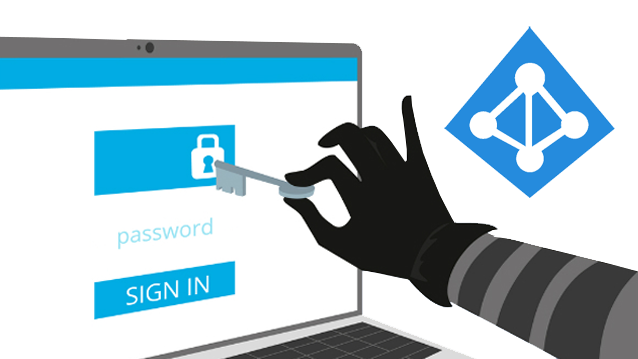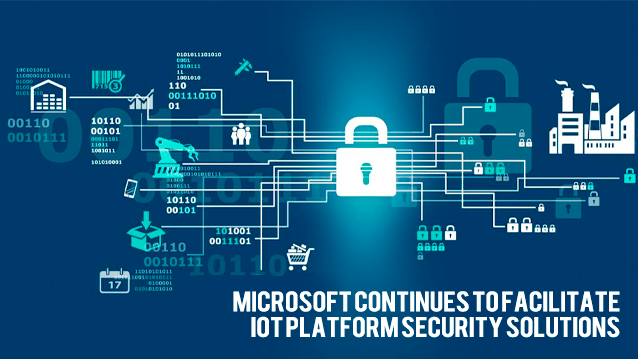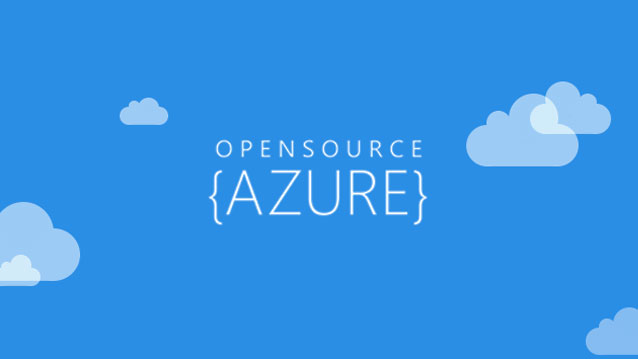Digital Platforms
Digital Ecosystems rapidly became a multi-billion dollar industry. Last year Hyperscalers invested over $120 billion in Digital Ecosystem platforms. Disruptive innovations provide simpler or more elegant solutions to existing problems, enabled by new technology and often at a lower cost. Many businesses recognizes the limitations of their existing platform while exploring opportunities that tap into emerging technologies and new delivery models who will have the best chance of thriving in the fast-approaching disruptive future. Collaborative Ecosystems should exponentially elevate the value it creates and deliver. They will revolutionize business for some time to come.
Hyperscalers
Hyperscalers such as Apple, Amazon, Google, IBM, Microsoft, Oracle and others are gearing up for battle. Misleading information is convincing businesses to migrate to these platforms without understanding the long-term impact and liabilities. Moreover, entire industries are making decisions based on studies and reports, influenced by the very same Hyperscalers. Many businesses think if they do not keep up they will eventually fail.
Client Operating System
Dominating Digital Ecosystems will require an even more dominating end-user Operating System. The end game is controlling the entire value chain in addition to recurrent subscription lock-in, and preventing you the customer from ever migrating. In other words, easy to get in but difficult to get out.
Enterprise Migration
It should not be a surprise that medium to large size Enterprises are having great difficulties adapting to Digital Ecosystems. Migration could be risky, complicated and expensive or just simply impossible. There are no standards or unification between competitive Digital Ecosystem platforms. Migrating from a Digital Ecosystem might not be possible without starting over again and paying a hefty fine.
Channel Partners
I have witnessed the destruction of privacy and the disruptive (dead-end) transition of the hosting industry. Next in line are Channel Partners, ISV’s and OEM’s. Overall, I am unpleasantly surprised businesses and governments ignore the risks by surrendering sensitive data to these Hyperscalers. It is time for new legislation to reveal the true intentions of those trying to dominate our digital world. If you think they are on your side think again!
Too Big to Fail
Eventually Hyperscalers will become too big to fail. If governments fail to regulate them, it will expose us to a global economic and systemic meltdown.
What led to today’s success will ultimately lead to tomorrow’s failure







